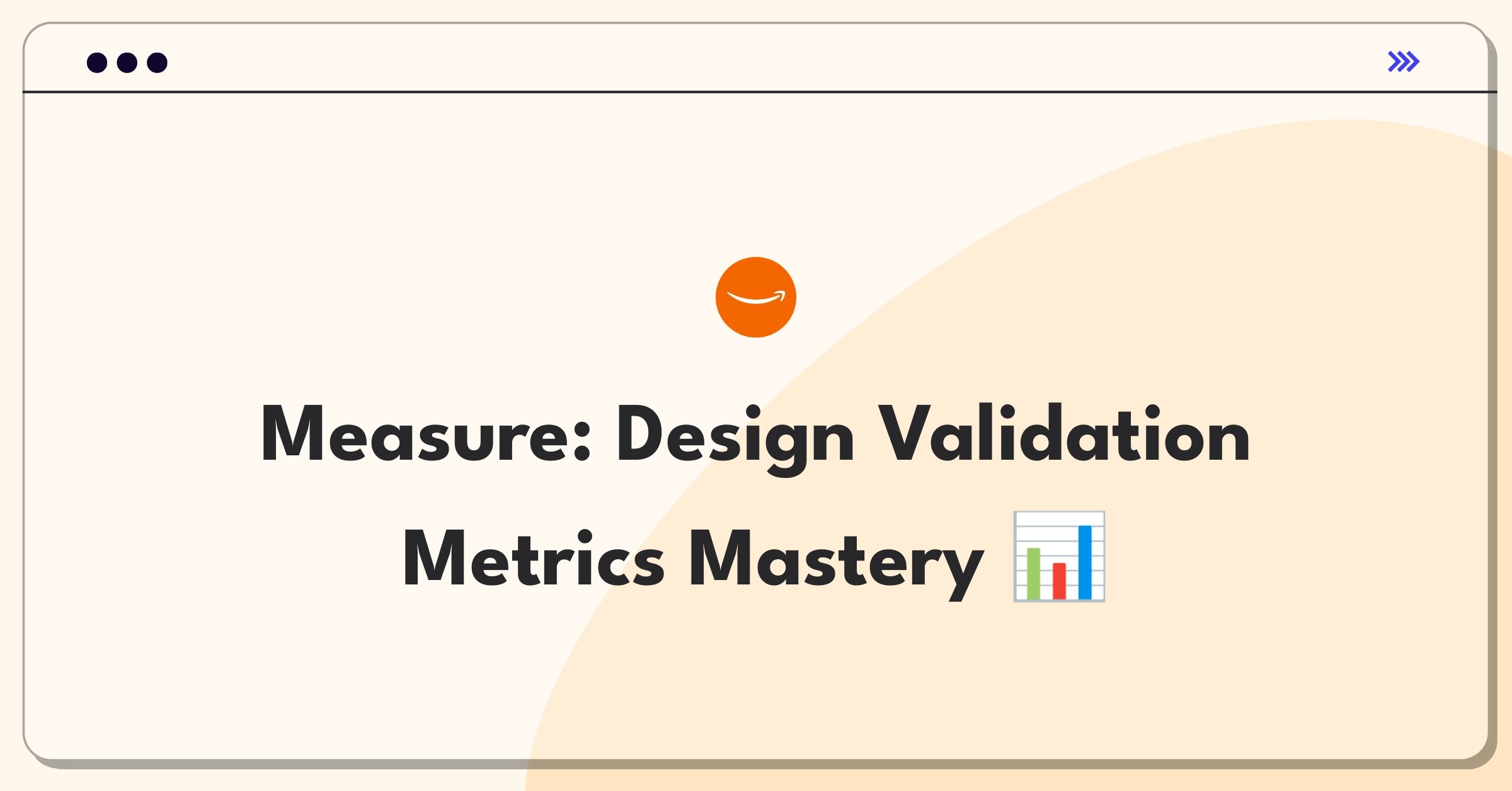Introduction
Validating product design is a critical step in ensuring that we're building the right solution for our users and business. To approach this product validation problem effectively, I'll follow a simple product success metric framework. This structured approach covers core metrics, supporting indicators, and risk factors while considering all key stakeholders.
Framework Overview
I'll follow a simple success metrics framework covering product context, success metrics hierarchy, and strategic initiatives.
Step 1
Product Context
Let's consider a hypothetical mobile app for personal finance management. This app helps users track expenses, set budgets, and receive personalized financial advice.
Key stakeholders include:
- End users (consumers looking to improve their financial health)
- Financial institutions (potential partners for integrations)
- Advertisers (for monetization)
- Internal teams (product, engineering, design, marketing)
User flow:
- Onboarding: Users sign up and connect their bank accounts.
- Dashboard: Users view their financial overview, including income, expenses, and savings.
- Budgeting: Users set budget goals and receive notifications on their spending habits.
- Insights: The app provides personalized financial advice based on user data.
This product aligns with our company's strategy to expand into the fintech sector and capture a share of the growing personal finance management market. Compared to competitors like Mint or YNAB, our app focuses more on actionable insights and personalized advice.
Product Lifecycle Stage: We're in the growth stage, having launched a minimum viable product (MVP) and gained initial traction. Our focus now is on scaling user acquisition and improving engagement.
Subscribe to access the full answer
Monthly Plan
The perfect plan for PMs who are in the final leg of their interview preparation
$99 /month
- Access to 8,000+ PM Questions
- 10 AI resume reviews credits
- Access to company guides
- Basic email support
- Access to community Q&A
Yearly Plan
The ultimate plan for aspiring PMs, SPMs and those preparing for big-tech
$99 $33 /month
- Everything in monthly plan
- Priority queue for AI resume review
- Monthly/Weekly newsletters
- Access to premium features
- Priority response to requested question


.png)